
Standing on top of a statue with an arm and a leg held aloft a naked young woman strikes a pose.
The rather provocative young woman in question is artist Dora Carrington, who in the early part of the 20th century was linked with the Bloomsbury Group.
Such was their impact on history that one small corner of central London - Bloomsbury - is now indelibly linked with the Bohemian circle of friends, which included Virginia Woolf, EM Forster and critic Lytton Strachey.
Today the Bohemian group of writers, artists and intellectuals are remembered as much for the complicated romantic entanglements that led to them being described as 'artistic lions' who 'lived in squares and loved in triangles'.
As these images show, members of the group did not live by more traditional constraints of the time, and were at ease in each other's company - with or without clothes.
But perhaps significantly, Woolf is invariable clothed.
The photographs are part of a remakable archive featuring hundreds of intimate letters photographs of the group, which helped define British culture in the inter-war period.
Open to the public for the first time, the unique archive comprises of thousands of pages of previously unseen correspondence between Bloomsbury luminaries and 30 albums of photographs, many of them nude shots.
The archive, on display at King's College, in Cambridge, is charted through the letters and photographs of two lesser known members of the group - the writers Frances Partridge and Rosamond Lehmann.
But through them it gives a insider's view of pivotal events such as Virginia Woolf's suicide in 1941 and that of of the artist Dora Carrington in 1932.
Woolf, author of Mrs Dalloway and To The Lighthouse filled her overcoat pockets with stones and drowned herself at the age of 59.
After her death in spring 1941 her brother-in-law, Clive Bell wrote to Partridge: 'I'm not sure whether The Times will by now have announced that Virginia is missing.
'I'm afraid there is not the slightest doubt that she drowned herself about noon last Friday ... Her stick and footprints were found by the edge of the river.
For some days, of course, we hoped against hope that she had wandered crazily away and might be discovered in a barn or a village shop.
'But by now all hope is abandoned ... the loss is appalling; but like all unhappiness that come of 'missing', I suspect we shall realise it only bit by bit.'
The archive also offers a glimpse of history in the making.
The group started as a circle of intellectuals who had studied at Trinity and King's Colleges, Cambridge, and began meeting at a salon in a house near Bloomsbury Square, central London.
Their friendships were to last a lifetime despite the complicated tangle of love affairs between them.Many of them were quite free with sex as a reaction against their Victorian upbringing and seemed to have a very selective conscience,' said archivist Patricia McGuire.
'The letters are very revealing because everyone wrote to Frances Partridge and confided their secrets and intimate thoughts.
'There are also lots of pictures and almost everyone in the group is naked at some point in a least one shot, apart from Virginia Woolf.'
Lehmann and Partridge first became friends at Cambridge University after World War I.
Lehmann, a famed beauty, became one of the most celebrated novelists of the 1920s and 1930s.
Partridge, once described as having the 'best legs in Bloomsbury', infiltrated one of the group's infamous love triangles.
She married Ralph Partridge, who was the ex-husband of artist Dora Carrington.
In a bizarre and ultimately tragic triangle, Carrington was besotted with open homosexual Strachey, who in turn was in love with Ralph.
When Strachey died of stomach cancer in 1932 a heartbroken Carrington shot herself two months later.
But the bullet missed its mark and she was still alive when her ex-husband and his wife arrived at the house hours later, a 'horror' also documented in one letter in the collection.
Miss McGuire added: 'In a way, these two women belonged to a generation that could only have existed between the wars.
'They had education, training and rights but they also had lots of free time and didn't necessarily have to keep a house.
'They had well-developed points of view, were articulate about their emotions and at the same time struggled with their bohemian lifestyles and the more conservative, older generation.'

Frances Partridge, in a picture from the rare archive
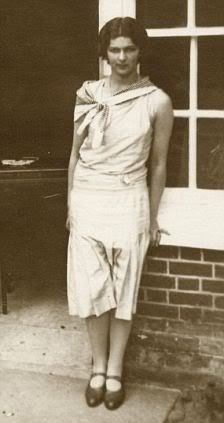
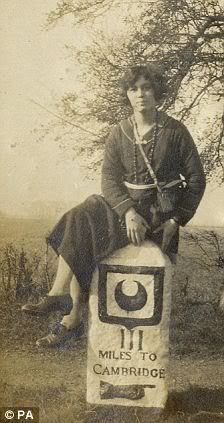
A clothed Frances Partridge (left) on her way to Cambridge in 1920 and Rosamund Lehman
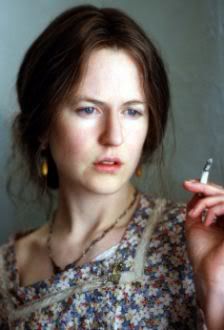

The Bloomsbury group continues to fascinate and in 2002 Nicole Kidman played Virginia Woolf, right, in Stephen Daldry's film The Hours
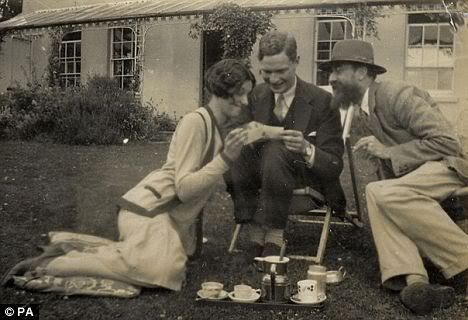
This image shows critic Lytton Strachey (right) taking tea Rosamond Lehmann and her brother, John Lehmann, a publisher and author, at Ham Spray House in Wiltshire
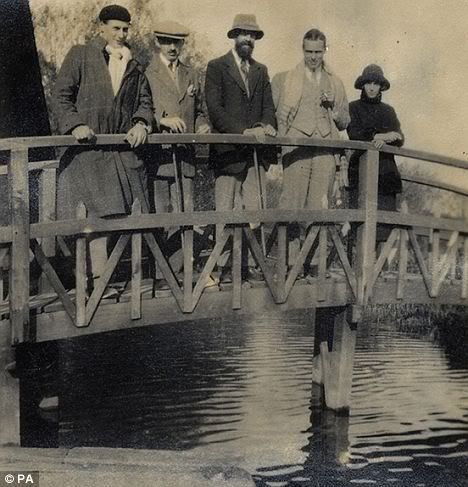
From left, group members Ralph Partridge, EM Forster, Lytton Strachey, Pierre Lancel and Francis Partridge, pictured some time between 1922 and 1924
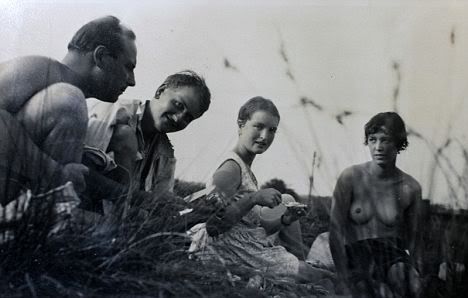
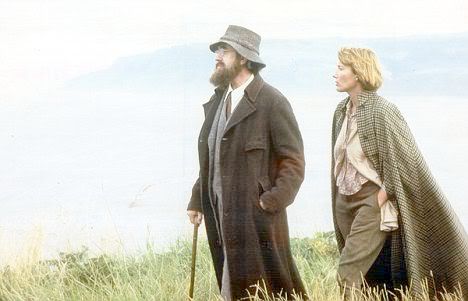
In the 1995 film 'Carrington' Emma Thompson took the role of Dora Carrington and Jonathan Pryce as the openly homosexual Lytton Strachey with whom she was in love with
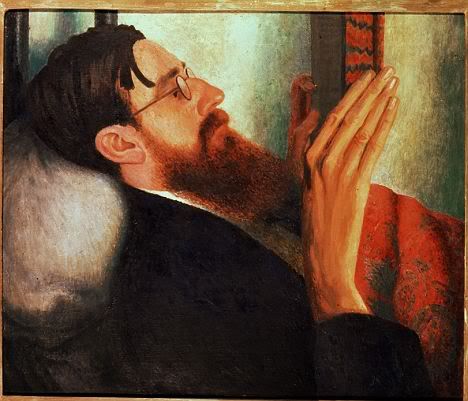
A portrait of her beloved Lytton made in 1916 by Dora Carrington
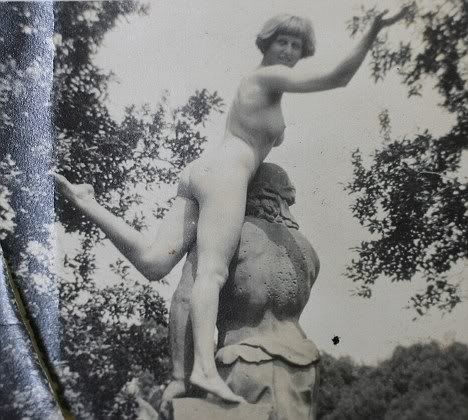
Bloomsbury set member Dora Carrington naked on a statue in a picture from the archive at Kings College Cambridge





0 comments:
Post a Comment